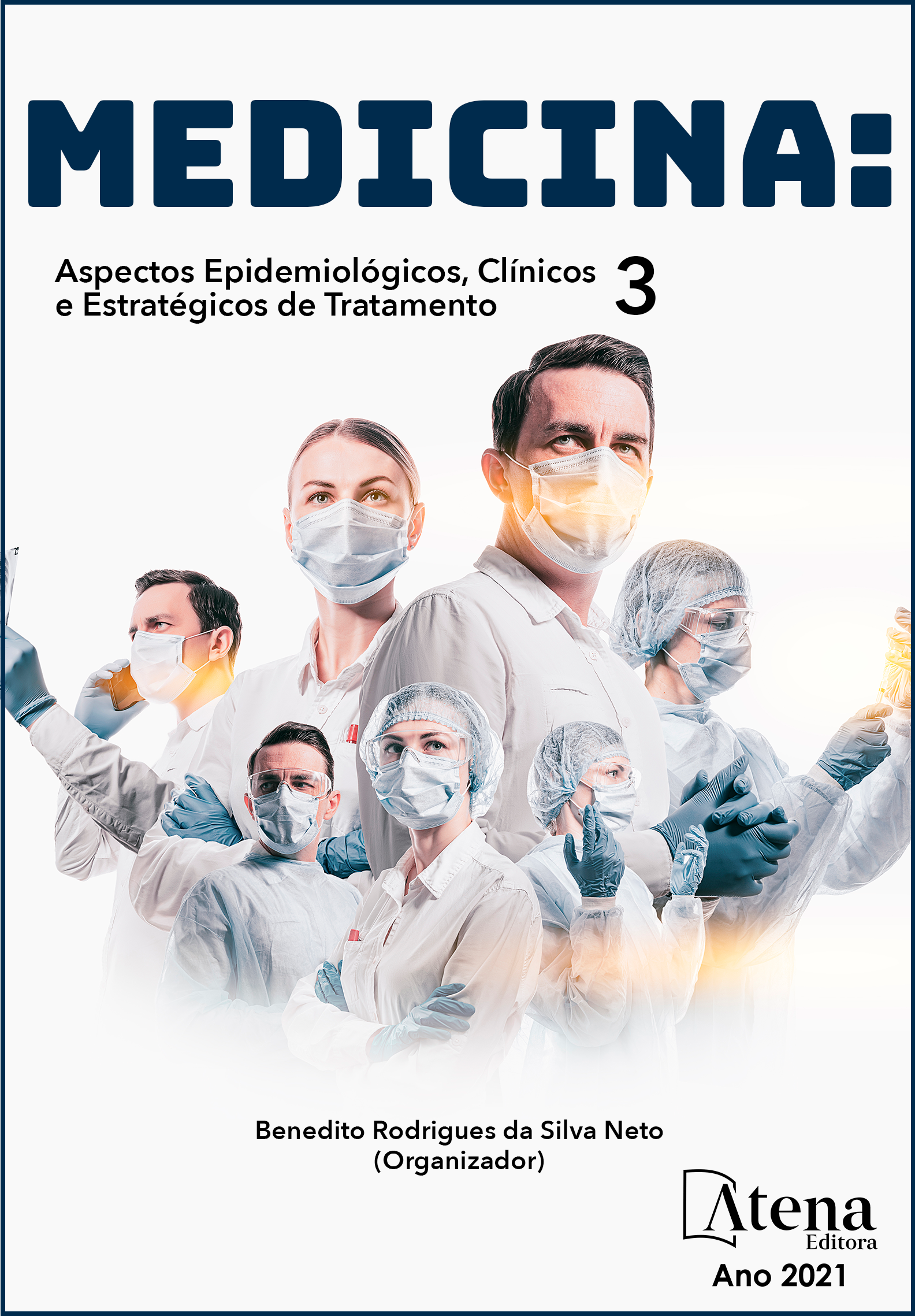
O TRANSTORNO DO ESPECTRO AUTISMO – O PARADIGMA DO DIAGNÓSTICO
INTRODUÇÃO. Os Transtornos do Espectro do Autismo (TEA) são um grupo complexo de transtornos do neurodesenvolvimento com apresentações muito diversas. Na década de 1960, passou a ser considerada um dos maiores mistérios e desafios da psiquiatria infantil, enquanto a partir da década de 1980 passou a ser compreendida como uma síndrome comportamental, com etiologias orgânicas e características sintomatológicas bem definidas. Nos últimos anos, houve um aumento significativo na prevalência de TEA, e o diagnóstico de TEA e AS de alto funcionamento tem sido cada vez mais frequente. Esse estudo tem como objetivo contextualizar o Transtorno do Espectro Autista através de uma Revisão de literatura; investigar a evolução do diagnóstico do distúrbio, assim como sua apresentação clínica por meio de uma Revisão Integrativa da Literatura de estudos recentes. MATERIAIS E MÉTODOS. Para isso, foi realizada uma revisão integrativa da literatura, respeitando o seu processo sistemático. Ao final do processo, após a elaboração da pergunta de pesquisa, limitação dos critérios de inclusão e exclusão, informações a serem pesquisadas em cada estudo e análise e avaliação dos artigos científicos, foram selecionados 9 artigos para compor esta revisão. RESULTADOS E DISCUSSÃO. Em 1952, a Associação Americana de Psiquiatria publicou a primeira edição do DSM, onde classificou os sintomas autísticos como um subgrupo da esquizofrenia infantil. Em 1980, no DSM III, o TEA passa para uma visão da neurociência, sendo reclassificado na categoria de “autismo infantil”. O DSM-V, de 2013, institui como diagnóstico único o TEA, definido por alterações comportamentais, socais, dificuldades de linguagem e insistência em manter rotinas. Seus sintomas podem ter apresentações bastantes variadas. E atualmente, seu diagnóstico é baseado conforme os critérios diagnósticos do DSM-V e do CID-10. Outros instrumentos avaliativos podem ser utilizados como coadjuvantes para determinar a gravidade do caso. CONCLUSÃO. O TEA ainda é um quadro muito recente e que exige mais estudos. Como é um diagnóstico eminentemente de observação clínica, requer uma equipe multiprofissional com amplo conhecimento no desenvolvimento infantil neurotípico.
O TRANSTORNO DO ESPECTRO AUTISMO – O PARADIGMA DO DIAGNÓSTICO
-
DOI: 10.22533/at.ed.58921170513
-
Palavras-chave: Transtorno Autístico; neurociências; Transtorno do Espectro Autismo; Transtornos do Neurodesenvolvimento;
-
Keywords: Autistic Disorder; neurosciences; Autism Spectrum Disorders; Disorders Neurodevelopmental
-
Abstract:
INTRODUCTION. Autism Spectrum Disorders (ASD) are a complex group of neurodevelopmental disorders with very diverse presentations. In the 1960s, it came to be considered as one of the greatest mysteries and challenges of child psychiatry, while from the 1980s it came to be understood as a behavioral syndrome, with organic etiologies and well-defined symptomatological characteristics. In recent years there has been a significant increase in the prevalence of ASD, and the diagnosis of high-functioning ASD and SA has been increasingly frequent. This paper’s aim is to contextualize Autism Spectrum Disorder through a literature review and to investigate the evolution of the diagnosis of the disorder, as well as its clinical presentation through an Integrative Review of recent studies. MATERIALS AND METHODS. This Integrative Review was prepared respecting its systematic process. At the end - after elaborating the research question, limiting the inclusion and exclusion criteria, defining information to be searched in each study and analysis and evaluation of scientific articles -, 9 articles were selected to compose this review. RESULTS AND DISCUSSION. In 1952, the American Psychiatric Association published the first edition of the DSM, where it classified autistic symptoms as a subset of childhood schizophrenia. In 1980, in DSM III, TEA became a neuroscience vision, being reclassified in the category of “infantile autism”. The DSM-V, of 2013, establishes TEA as the sole diagnosis, defined by behavioral and social changes, language difficulties and insistence on maintaining routines. Its symptoms can have quite varied presentations. Currently, its diagnosis is based on the diagnostic criteria of DSM-V and ICD-10. Other evaluative instruments can be used as adjuvants to determine the seriousness of the case. CONCLUSION. TEA is still a very recent situation and requires further studies. As it is an eminently clinical observation diagnosis, it requires a multiprofessional team with extensive knowledge in neurotypic child development.
-
Número de páginas: 15
- Fabrício Mulinari de Lacerda Pessoa
- Claudia Paola Carrasco Aguilar
- Camila Cescatto Gonçalves


